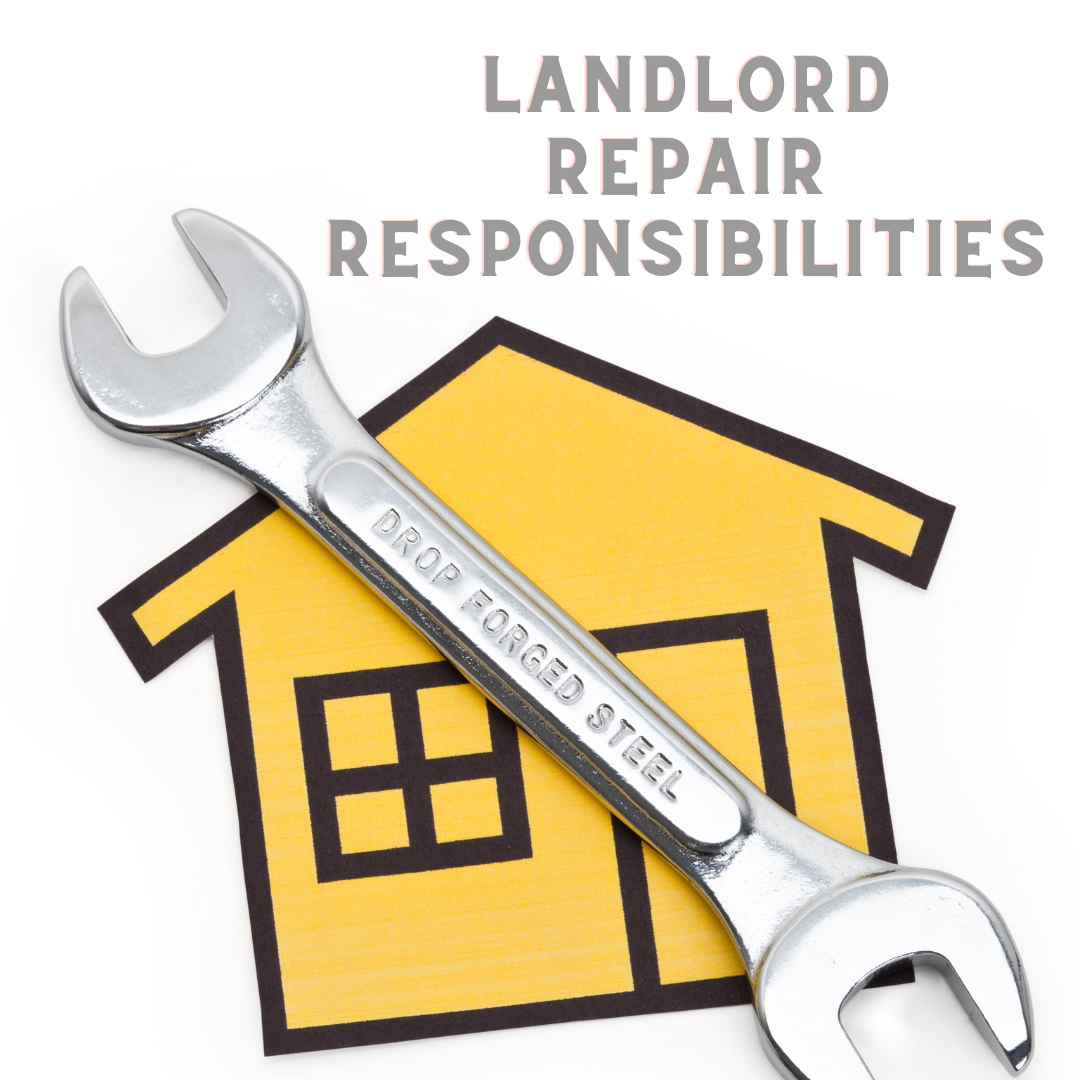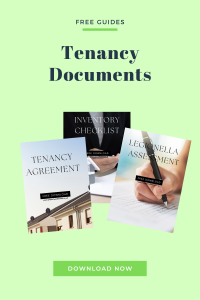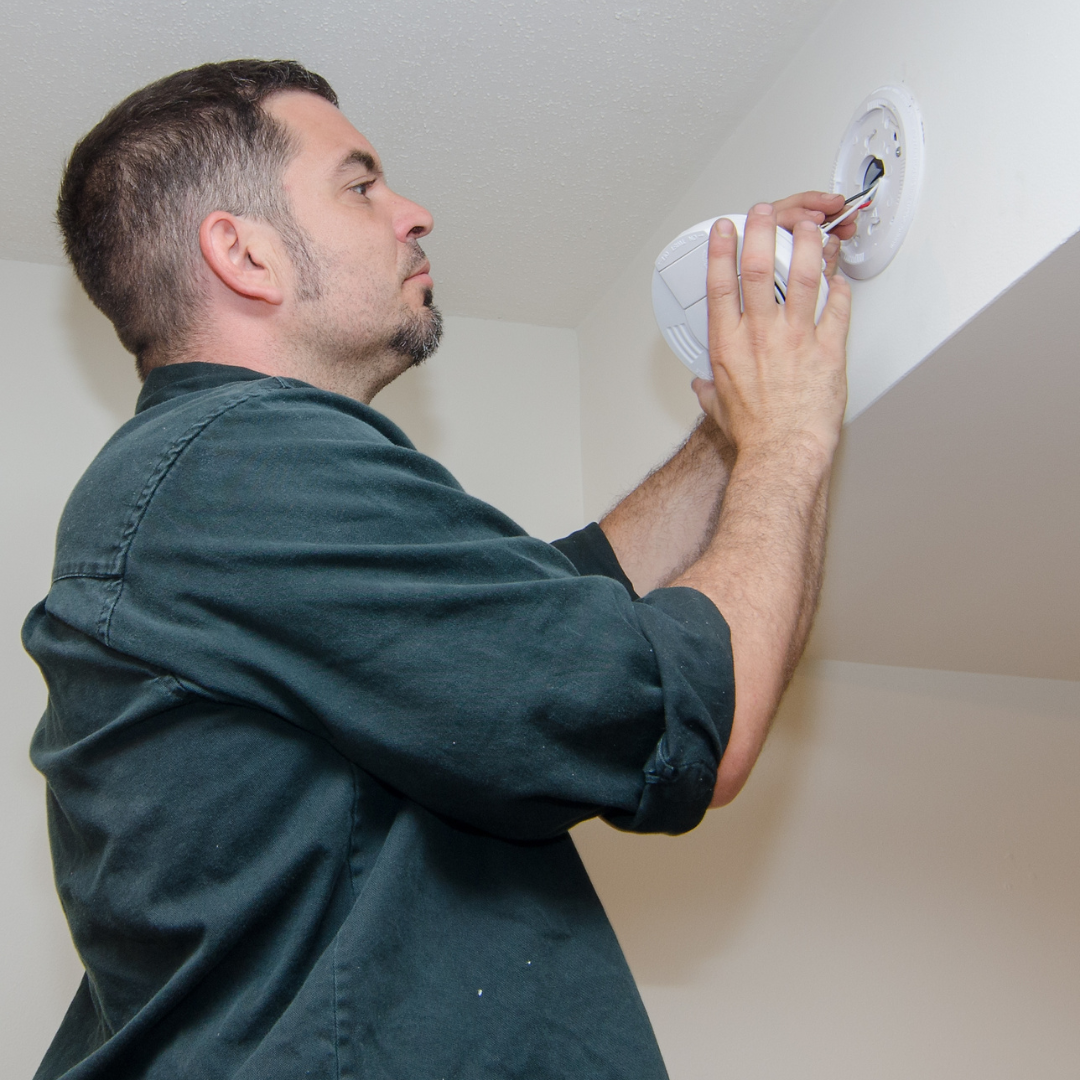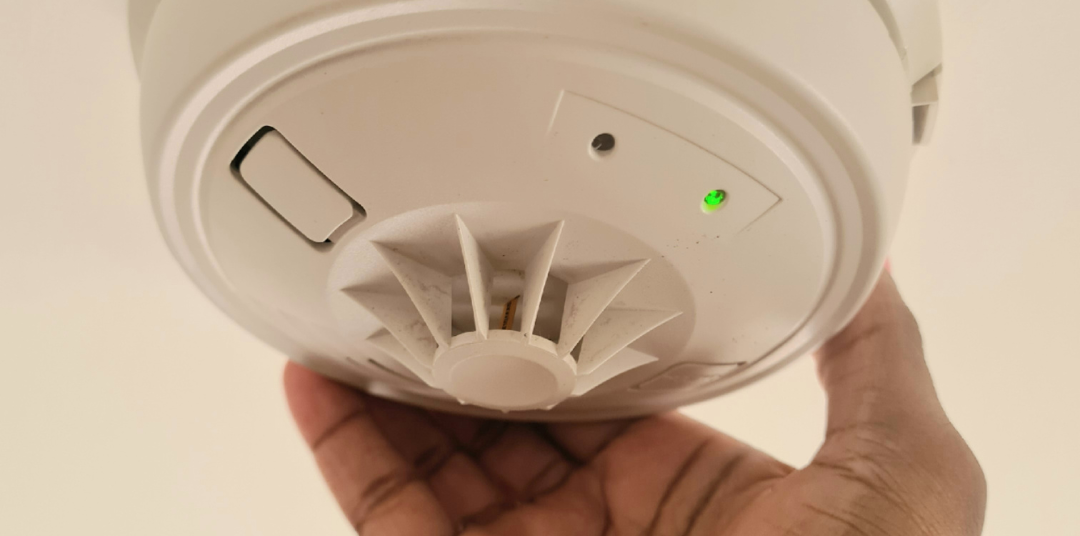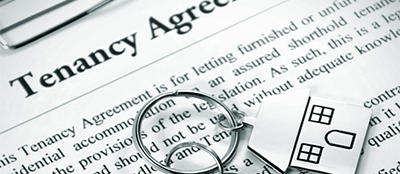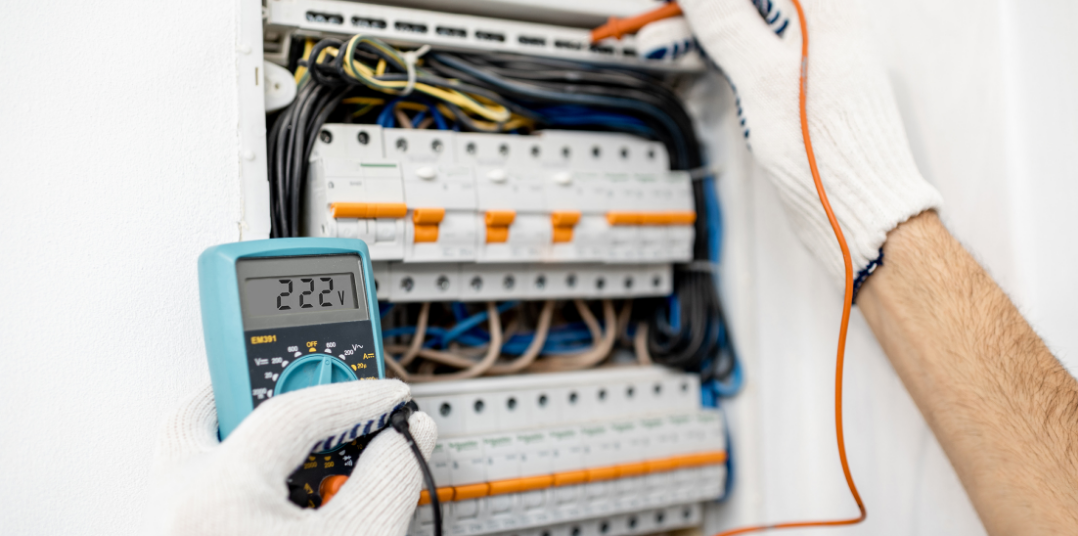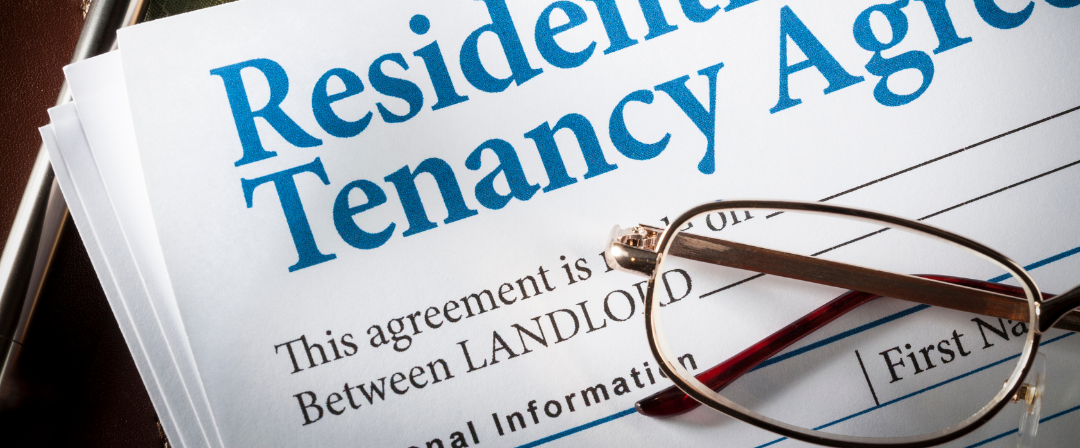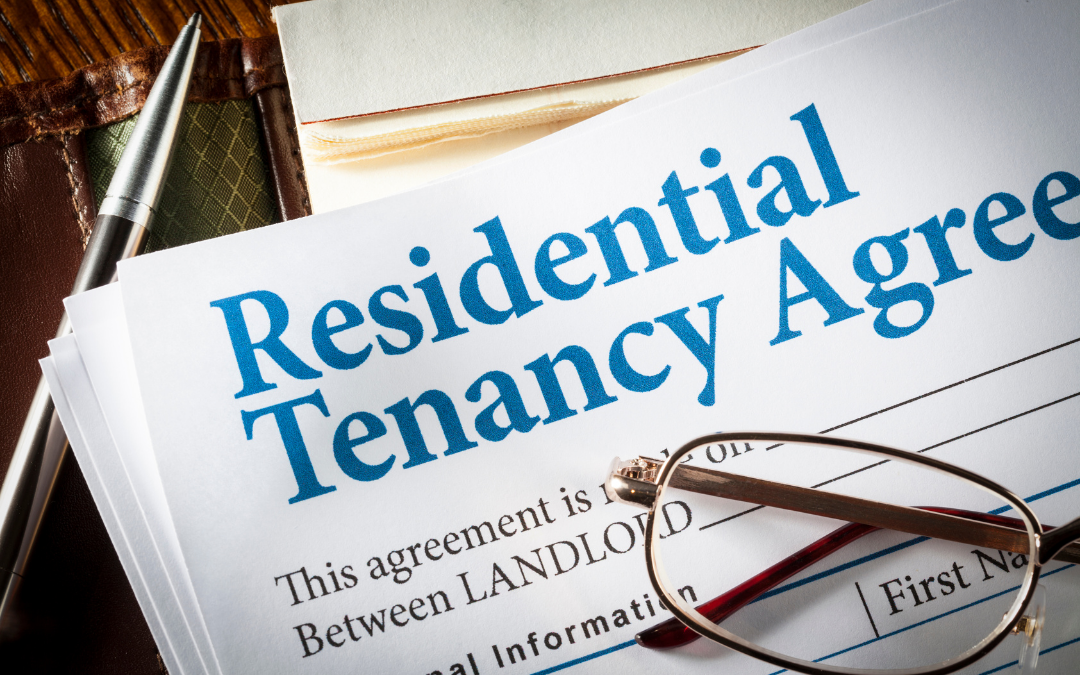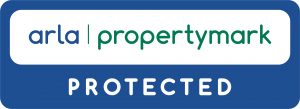Key Repair Responsibilities - how to keep your tenants safe
Landlords are responsible for most repairs in a privately rented property. However, landlords can only make repairs when they are told about them either via text message, email or using a third-party service like our Log A Job platform service.
What do landlords have to repair?
In the first instance, all repair obligations should be detailed in the tenancy agreement however, there are things that landlords are obligated to fix whether or not it is stated in the tenancy agreement. These responsibilities can’t be removed by anything your tenancy agreement may say and landlords aren’t allowed to charge tenants for any repair work that is their responsibility to fix.

So it is a good idea for landlords to have a sinking fund for these types of obligations so should they need to fix something urgently, there are funds available to use to help ensure landlords are meeting their legal obligations to keep the privately rented property in a state of good repair. So things like
- the structure and exterior of your home, i.e., the roof, the walls, the drains, windows etc
- toilets, sinks, baths and drains
- electrical wiring
- radiators
- water and gas pipes
- heating and hot water
The timescales to fix a repair will depend on what needs to be done and how serious it is however in all cases the landlord must carry out repairs within a reasonable period of time.
Don’t tenants have responsibilities too?
Yes, tenants are responsible for some repairs as well as paying for it themselves. They are responsible for
- fixing furniture or appliances they own
- any damage caused by themselves, their guests and/or family guests
- any minor repairs set out in the agreed tenancy agreement
Additionally, if tenants don’t take responsible care to keep things like toilets or drains clear, landlords can ask the tenant to pay the repair costs.
Need to fix a repair or breakdown?
Landlord Blog
Demystifying the Section 8 Notice: A Comprehensive Guide for Landlords
When it comes to managing rental properties, landlords occasionally find themselves in situations where tenants are in breach of their tenancy agreements. In such cases, a Section 8 notice can be a valuable tool to regain possession of the property.
Navigating the Rental Revolution: A Deep Dive into the Renters’ Reform Bill
The Renters’ Reform Bill is a hot topic in the UK, aiming to bring a wave of change to the rental market. We’ve rounded up all you need to know about this exciting development and will keep you updated as the details unfold.
A Comprehensive Guide: How Landlords Can Prepare for Bailiff Evictions in the UK
Evictions can be a challenging and distressing process for landlords in the UK, particularly when the tenant is uncooperative or has failed to pay rent. If all other methods to resolve the situation have been exhausted, landlords may need to consider the last resort – applying for a bailiff eviction.
We create this content for general information purposes and it should not be taken as advice. Always take professional advice. Please read our full disclaimer.

